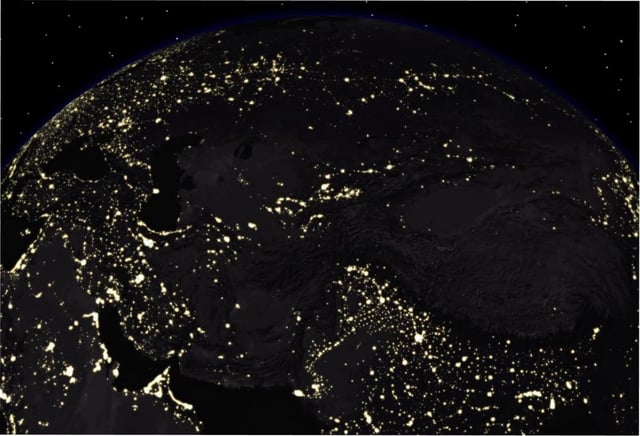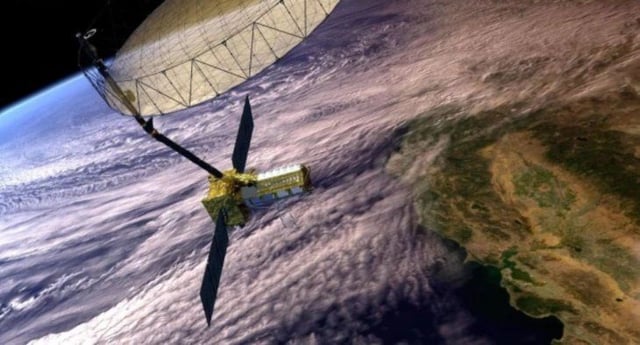Overview
- The peer‑reviewed analysis led by NASA’s Norman Loeb, published Sept. 29 in PNAS, uses roughly 24 years of CERES satellite data to confirm a growing hemispheric albedo asymmetry.
- The divergence is quantified at about 0.34 W/m² per decade, with the Northern Hemisphere absorbing about 0.54 W/m² more solar energy than the Southern Hemisphere in 2020–2024 after the south led in the early 2000s.
- Researchers attribute the shift chiefly to reduced aerosols from air‑quality gains in Europe, the United States and China, along with Arctic sea‑ice and snow loss and increased atmospheric water vapor.
- Clouds are contributing surprisingly little to restoring the balance, a result the authors highlight as puzzling and important for improving climate models.
- Episodic Southern Hemisphere aerosol injections from the 2019–2020 Australian fires and the 2022 Hunga Tonga eruption boosted reflectivity there, with the largest northern changes concentrated between about 20° and 42° N and linked to shifts in rainfall belts such as the ITCZ.



